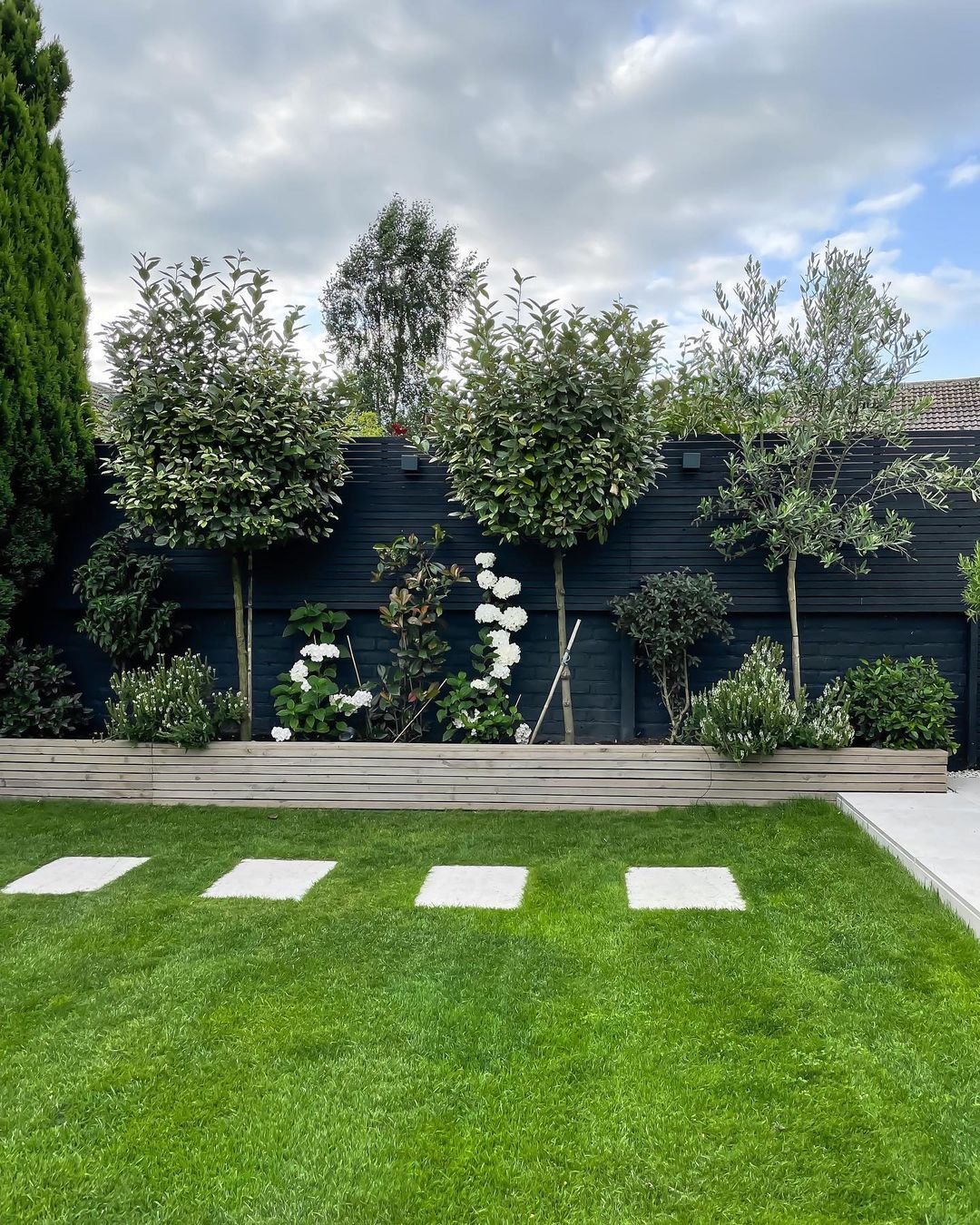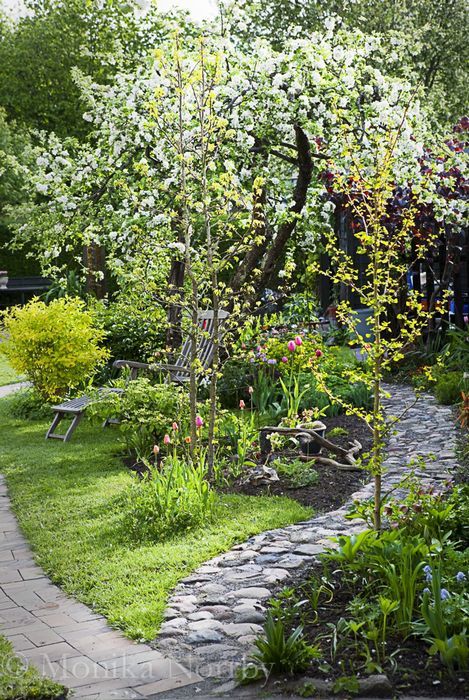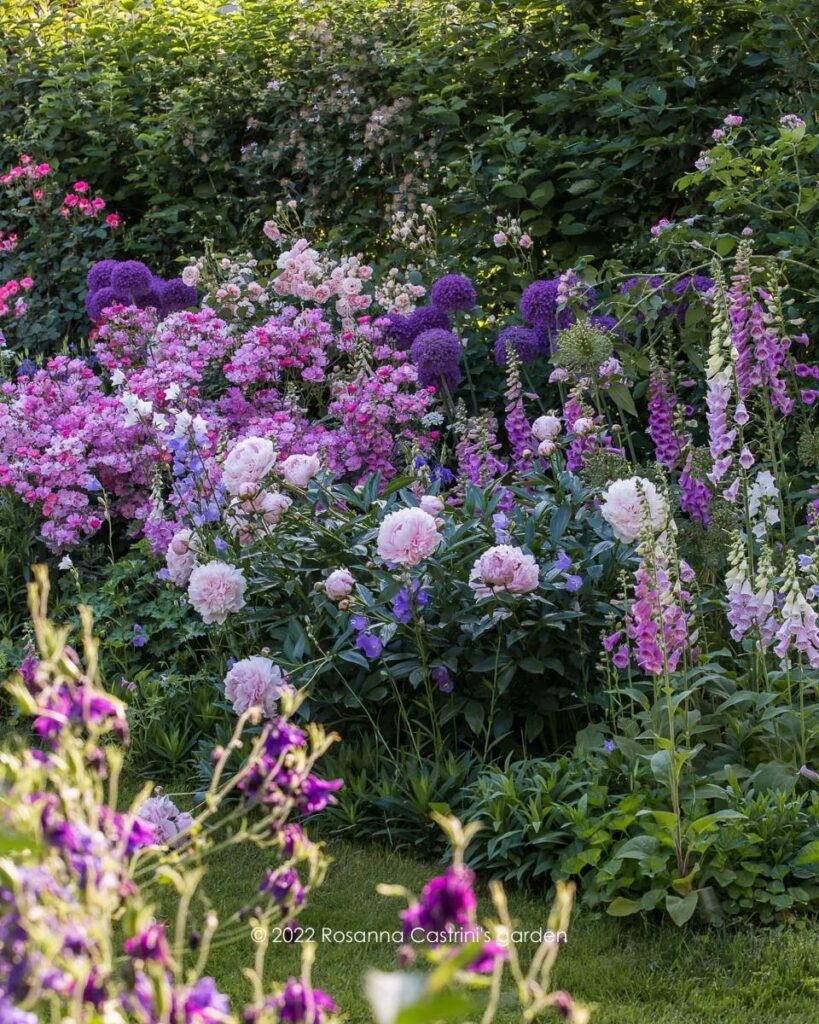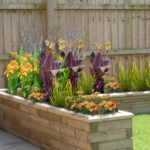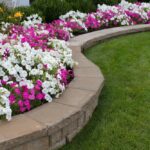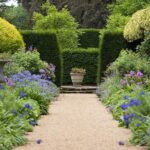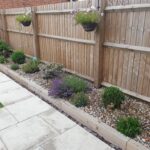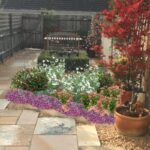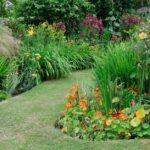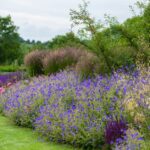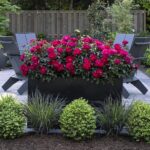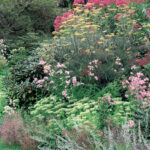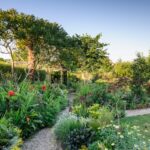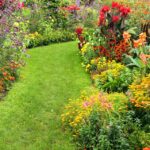Garden design borders are a crucial aspect of creating a beautiful and well-organized outdoor space. Borders can help define different areas of the garden, add structure and visual interest, and provide a finishing touch to your landscaping. When planning out your garden design borders, there are a few key factors to consider to ensure that you create a space that is not only aesthetically pleasing but also functional and practical.
One important factor to consider when designing garden borders is the style and theme of your garden. The border should complement the overall design of the garden and enhance its visual appeal. For a formal garden, you may want to opt for straight, symmetrical borders with neat, tidy edges. In a more informal garden, curved borders with flowing edges may be more fitting. It’s important to choose a style that works well with the rest of your garden design.
Another consideration when designing garden borders is the size and shape of the border itself. The size of the border should be proportional to the size of the garden and the space available. If you have a small garden, a narrow border may be more appropriate, while a larger garden may benefit from a wider border. The shape of the border can also have an impact on the overall look of the garden. Circular, oval, or irregularly shaped borders can add interest and create a more dynamic and visually appealing landscape.
When selecting plants for your garden borders, it’s important to consider factors such as height, color, texture, and bloom time. Choose a mix of plants that will provide year-round interest and complement each other in terms of color and texture. Consider planting a mix of evergreen shrubs for structure and year-round greenery, flowering perennials for seasonal color, and ornamental grasses for texture and movement. Be sure to research each plant’s specific growing requirements to ensure they will thrive in your garden’s conditions.
In addition to plants, consider incorporating other elements into your garden borders to enhance their visual appeal. Decorative elements such as ornamental trellises, garden sculptures, birdbaths, or even seating areas can add interest and focal points to your borders. Incorporating hardscaping elements such as stone or brick edging can help define the border and create a clean, polished look. Think about how these elements will interact with the plants in your borders and create a cohesive and harmonious overall design.
Finally, maintenance is an important consideration when planning garden borders. Choose plants that are low maintenance and suitable for your climate and soil conditions. Consider how much time and effort you are willing to devote to maintaining your garden borders and select plants accordingly. Regular weeding, watering, and pruning will be necessary to keep your borders looking their best, so be sure to factor these tasks into your garden design plan. With careful planning and attention to detail, you can create garden borders that add beauty, structure, and functionality to your outdoor space.
